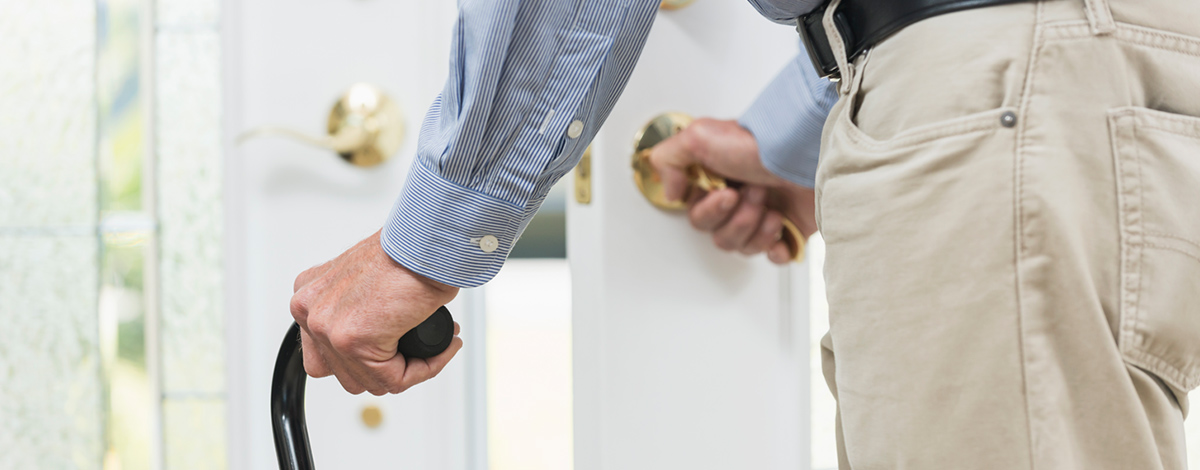
4 tips to make the most of contactless deliveries
Prior to the pandemic, paper was already considered a roadblock to efficiency for providers. Now it’s considered a source of disease transmission. Retail offices are shuttered with back-office staff who usually print, scan and confirm all documentations working from home, and your drivers and patients don’t want to handle any type of documentation anyway. How are HMEs expected to survive, especially with the need for remote CPAP setups and equipment deliveries to the home?
Touchless technology found in mobile logistics software has the answer to safely arm your front-line drivers with the information they need. By equipping your drivers with the electronic tools they need for contactless delivery, you’re able to help everybody stay healthy and your mission to support patient care carries on. In fact, 77% of organizations believe that these contactless practices will continue after the COVID-19 outbreak is over (Capgemini April 2020).
Read on for 4 best practices you can put in place today to make the most of contactless delivery for your business, not only now but in the future.
- Offer a clear, contactless delivery option to patients. Whether it’s online or over the phone, it’s important to inform your patients of the policies and procedures you’ve put in place for their safety.
- Give detailed instructions to the delivery driver so they can be safe at every step.Your drivers frequently connect with patients face-to-face, and there are still instances where drivers must enter the home for setups like ventilation, beds or pediatric care. Without the proper PPE, they’re vulnerable to contagions. But with modern mobile technologies, you can keep staff up to date on when PPE is required and provide further details about the type of infectious state present, for example airborne or contact transmission. You’ll also want to ensure they have the proper training on COVID-19 procedures and forms.
- Digitize your patient interactions. Instead of a pile of papers in your delivery trucks, drivers can carry a tablet that house all route information and documentation needed for patient deliveries. And if the patient must sign a form, tablets are far easier to sanitize than a stack of papers.
- Make it completely touchless. A no-contact delivery means just that. Drivers delivering equipment are now able to drop it at the porch. In the past, the patient signature was required for proof of delivery. But today, CMS has waived signature requirements. With mobile delivery technology, you give your drivers the ability take a photo of the delivered order as that proof, and it’s immediately uploaded for the back-office staff to see and proceed with billing.
The pandemic has created an environment where providers need touchless technology more than ever, and mobile logistics software is at the ready to keep patients and staff safe and informed at every step. By following these best practices, you’re on your way to a paperless and contactless process while still fulfilling all your patients’ needs.

